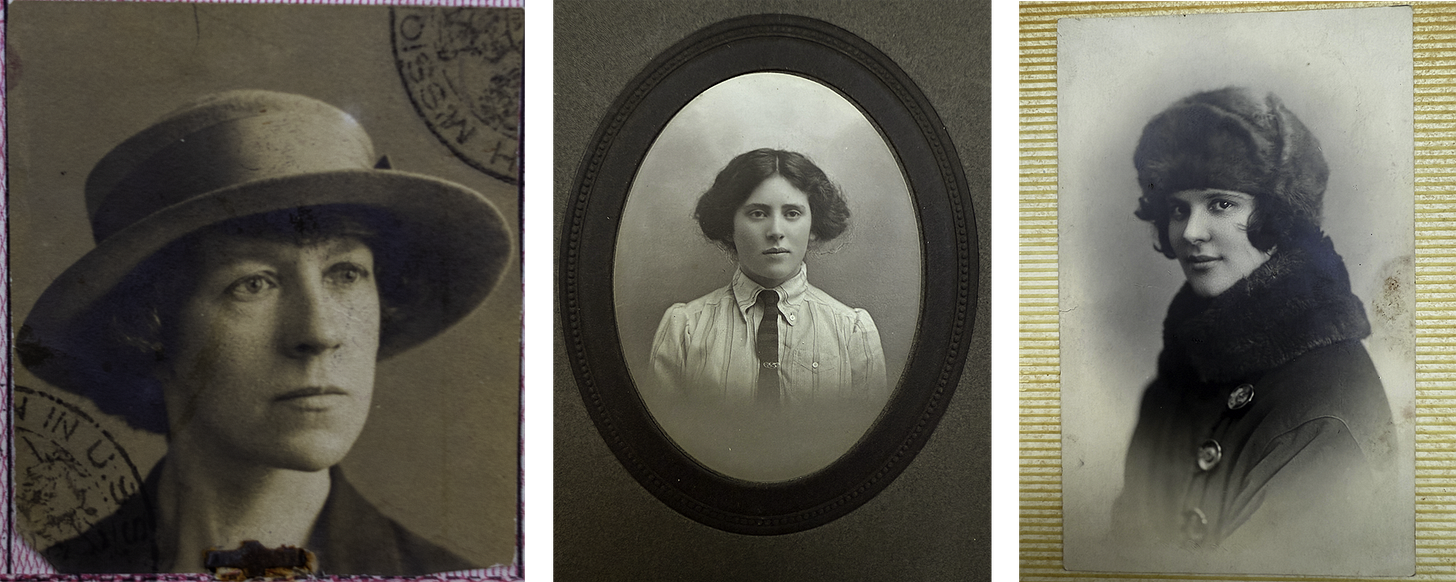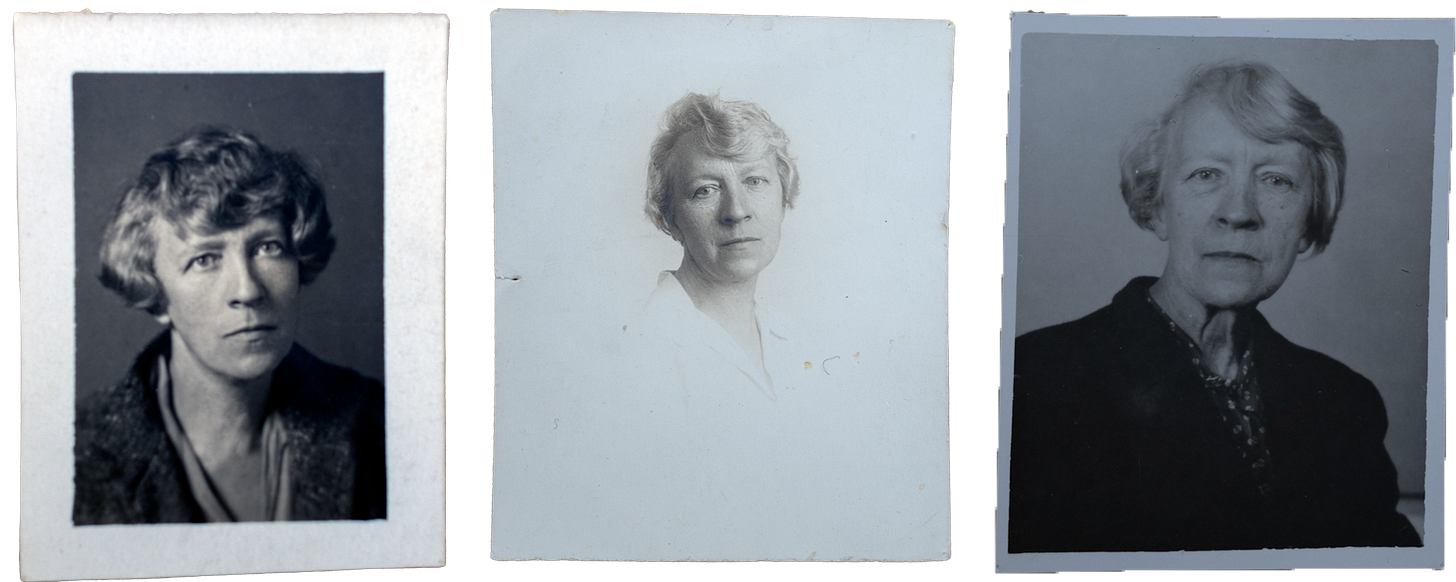Before history, Lego was my first great passion. Boxes of small building blocks remain squirrelled away in the crawlspaces of my childhood home.
I enjoyed going off-piste with my Lego constructions. Eschewing the instruction booklets, I built what I imagined or let the building process itself guide me towards something new. One of my specialities was the construction of multicoloured buildings I called factories (Marx and Engels would have been proud).
My childhood Lego obsession provides some resonance with my methods of historical research. A well-researched and fully cited biography is the historian’s equivalent of a Lego manual: a path laid out to follow or deviate from, but a well-worn path all the same.
I avoid working on the lives of people who have already attracted many researchers. Lesser known figures from history provide more opportunities for genuine discovery. Putting together the building blocks of their lives is a process that fires my imagination.
I recently had one of those career-vindicating days where my research led me places, physical and emotional, that left me feeling like I have the greatest job in the world: the kind of job that the Lego-loving child-me dreamed about. Sure, young Maurice did not have a detailed understanding of ‘being a historian’. But I always wanted to dedicate myself to creativity and curiosity. Last Friday was a day fuelled by imagination and research adventure.
It began on London’s Metropolitan line. I travelled to a beautiful home where Greg, great-nephew of two women central to my research over the past eight years, lives with his wife Elaine. Recently, while sorting through material, Elaine uncovered a large set of documents and realised their importance.
Those who have followed my work or read my book will know that part of my research has centred on a single revolutionary friendship between three women: May O’Callaghan, an Irish radical intellectual, and two sisters, Nellie and Rose Cohen, born to a Polish Jewish family in London’s East End in the 1890s.
This friendship tells its own story of revolutionary commitment in the twentieth century. The women first shared a flat in London during the First World War, when all were involved in the suffrage struggle. The 1920s gathering point for these friends was Moscow’s Hotel Lux, where both Rose and May spent time as residents.
This was a lifelong friendship. Yet one life was cut short: Rose was executed in Stalin’s terror in 1937. May and Nellie lived long lives, partly in the shadow of this tragedy. In 1973, when May died in London in her early nineties, just two people attended her funeral: Nellie and her daughter Joyce, whom May helped raise.
My work as a historian involves sourcing and assembling the building blocks that allow me to reconstruct these kinds of obscure lives: police surveillance reports, correspondence, mentions in memoirs, documents I personally dig up in attics, and so on.
What I found on Friday astonished me: letters sent to Rose in the Hotel Lux in Moscow and which had, somehow, found their way back into a box in the home of Rose’s great-nephew Greg. The envelopes carry the address of the Hotel Lux written both in English and Russian.
Photographs of the three friends, May, Nellie and Rose, have always fascinated me. On Friday, I found images that capture the women around the time they would have first become a trio. Seeing them side-by-side, I could better understand how striking they must have seemed as they walked together into a radical haunt in East London or elsewhere.
May was the most obscure and least photographed of the three friends. Since I began researching May in 2016 I only ever found a handful of photographs of her, all dating to one point in her life: her time in Moscow’s Hotel Lux in the 1920s.
I always tried to imagine what she looked like as she moved from middle to old age.
That is why one my most moving research experiences of 2024 was uncovering, with Greg’s help, photographs of May in her older years.
These photographs and letters provide more pieces that help me imagine these lives into a new existence beyond the archives.
Dublin, EPIC The Irish Emigration Museum - 4 December 2024, 17:30.
I am giving a free talk about my book Hotel Lux in EPIC, the same museum where I was Historian in Residence from 2020 to 2022. Tickets are available here.
Archive Rats just reached one thousand subscribers. Thanks so much to everyone who has supported the publication in the last two years, or even just the last two days. It means a great deal to have you here.










I have a somewhat similar family connection. Two great aunts from a family of 5 siblings, caught up in the Russian Civil War, traveled across Russia ending up eventually in the US. I cherish 2 amazing watercolor portraits of these aunts, done in 1920 in Ekaterinburg. One is the image of "the new woman," looking out, almost as a taunt, cigarette poised in hand. Her sister's portrait... more dreamy. The painter understood her subjects. The other 2 sisters remained behind and lived out their lives in the Soviet Union. Somewhere I have a tape recording one of them made about her life. The brother of the family was a high rank military officer (general) in the White Army, ended up in England where he lived for some time. Eventually he came to the US and became part of my family history.
What a great find. I imagine it must come with some small regret, that maybe it would have changed the lives you’ve portrayed in some way, small or large. It’s likely too early to know the answer, but the first photo triptych of friends is particularly beautiful.
Like many I expect the second set of photos triggers a little sorrow as we see May age with the understanding that her life didn’t unfold in as exciting a way as it had started out.